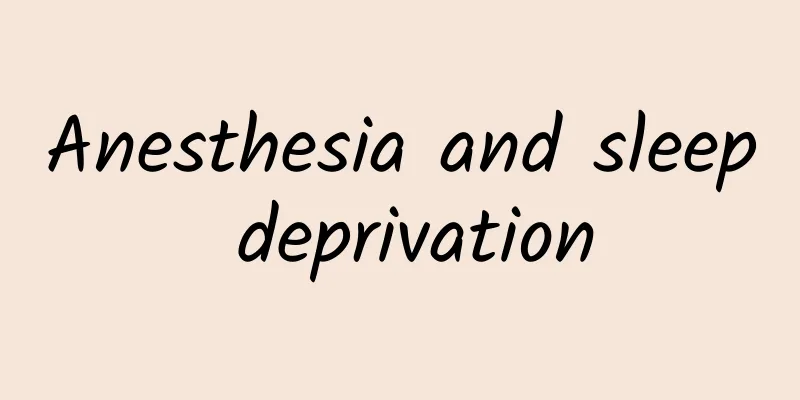What are breast anti-inflammatory drugs?

|
Women's breasts need careful daily care, otherwise they are easily invaded by mastitis. Especially after childbirth, mothers are more likely to suffer from mastitis due to various reasons. When the disease occurs, mothers are unable to continue breastfeeding due to swollen and painful breasts. Some mothers even have high fevers and need to be hospitalized for intravenous drips, making the mothers miserable. Each drug for treating mastitis has its own suitable symptoms and population. Let us take a look at the anti-inflammatory drugs for mastitis. 1. Concept Mastitis is a common disease among women. Acute suppurative mastitis often occurs during lactation, so it is also called acute lactation or postpartum suppurative mastitis. After the onset of the disease, not only does the mother herself suffer extreme pain, but she can also not continue breastfeeding, which affects the health of the baby. Prevention should be started from the late pregnancy and postpartum care should be done well. Acute mastitis can be prevented. 2. Causes Excessive milk production and poor milk discharge may cause milk to accumulate and form lumps. The stagnant milk is the best culture medium for bacteria, which can invade the breast parenchyma through damaged nipple skin or milk ducts, multiply in large numbers, and destroy breast tissue, forming multilocular abscesses. Postpartum women are weak and have reduced immunity, and the breasts are moist, which provides a breeding ground for the growth and reproduction of bacteria. Breast squeezing and impact during lactation can also easily induce mastitis. Symptoms At the beginning of the disease, the breasts become swollen and painful, the lumps are tender, the surface is red and swollen, and there is fever. In mild cases, the baby cannot be fed normally, and in severe cases, surgical treatment is required. If the condition continues to develop, the symptoms will worsen and the breasts will become throbbing with pain. In severe cases, there is high fever, chills, local skin redness and swelling, nodules and tenderness, and enlarged and tender lymph nodes under the affected side. The inflammation softens within a few days, forming a breast lump with a sense of fluctuation. The skin redness and fluctuation of the deep abscess are not obvious. IV. Treatment 1. Pay attention to cleanliness: Pay attention to rest in the early stage, suspend breastfeeding, clean the nipples and areolas, and promote milk discharge. Those who need incision and drainage should stop breastfeeding. 2. Use milk-reducing medicine: stop breastfeeding on the affected side and use a breast pump to extract the milk. Appropriate use of milk-reducing drugs can be used. 3. Antibiotics: Systemic antibiotics. To prevent and treat severe infection and sepsis, antibiotics are selected based on bacterial culture and drug sensitivity, and intravenous antibiotics are given when necessary. 4. Hot compress: Apply local hot compress, or wash 60 grams each of fresh dandelion and honeysuckle leaves, add a little vinegar or wine, and mash them for external application. Support your breasts with wide bands or a bra. 5. Blockage: 60-80 ml of 0.25% procaine for breast blockade can reduce inflammation. Choose broad-spectrum antibiotics orally or intravenously. One million units of penicillin can be dissolved in 20 ml of normal saline and injected around the inflammatory mass. 6. Drainage: If an abscess has formed, it should be incised and drained. The incision should be radial to the nipple, avoiding the areola. For retromammary abscess or deep abscess under the breast, an arc-shaped incision can be made at the sternotomy fold under the breast. 4. Drugs for the treatment of mastitis 1. Oral medication Mastitis happens to occur during breastfeeding. If oral medications are used during breastfeeding, it is bound to cause some harm to the baby. If you stop breastfeeding, you can use oral medications, but the baby's feeding must be done well. 2. Topical medicine Apply the medicine directly to the affected area, and allow it to penetrate from the outside to the inside and reach the lesion. Use the pharmacological effects of drugs to improve the affected area. If you do not want to wean your baby, this method is an ideal choice. 3. Folk remedies You can prepare some cactus, remove the thorns, add a little salt, mash it into mud, and apply it to the affected breast. It can play a good therapeutic effect before mastitis becomes purulent. |
<<: Soft breasts, is it pregnancy?
>>: Breast health care and disease prevention
Recommend
Exclusive for kidney patients! 8 outdoor light exercises that are more interesting than running
1. Tai Chi This is a soothing and graceful exerci...
Why are mosquitoes more powerful in autumn than in summer? How to relieve itching and swelling after being bitten by a mosquito
Mosquitoes are really annoying in the summer. The...
What are the dangers of vulvar leukoplakia
Vulvar leukoplakia is a common gynecological dise...
What should I do if my episiotomy wound hurts one month after delivery?
If conditions permit, many pregnant mothers will ...
Why do patients with liver cirrhosis need to undergo gastroenteroscopy?
Cirrhosis is a common chronic liver disease. As t...
How to distinguish male and female crabs? How to catch crabs
Most crabs are omnivores, usually feeding on aqua...
Female hemorrhoids urinate and bleed
The symptom of hemorrhoids is that there is a cer...
After giving birth, there is a bulge under the lumbar spine
After giving birth, the child has a bulge under t...
Polycystic brown discharge
The main manifestations of polycystic ovary syndr...
Can I eat instant noodles during breastfeeding?
Instant noodles are a very convenient delicacy. Y...
What does it mean when a woman dreams of snakes?
Snakes are one of the five poisonous creatures, g...
When do girls start wearing bras?
When girls reach a certain age and their breasts ...
What is the difference between Mibao pitaya and red pitaya? Red pitaya cannot be washed off your hands
Pitaya is a tropical fruit. Its main nutrients in...
How to treat atypical breast hyperplasia
Breast hyperplasia is the most common disease amo...
What causes menstruation to come 2 days early?
Many women may have experienced early menstruatio...









